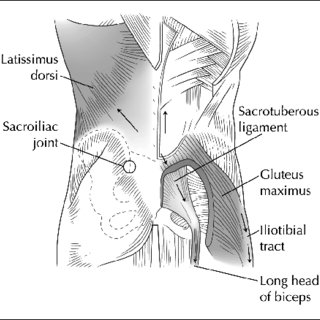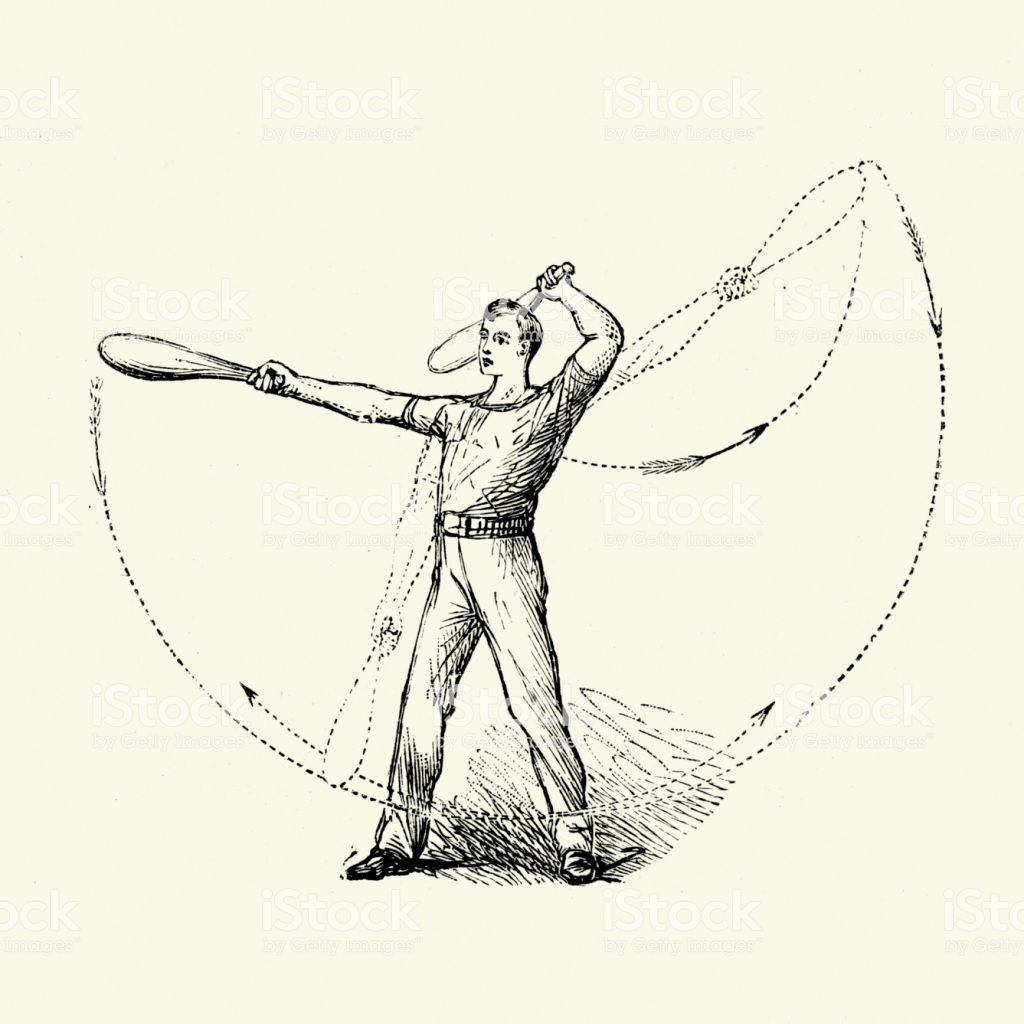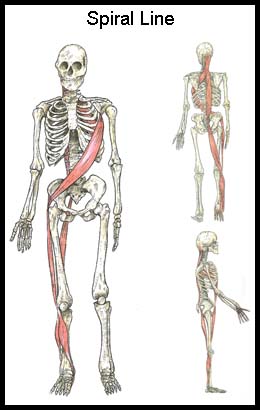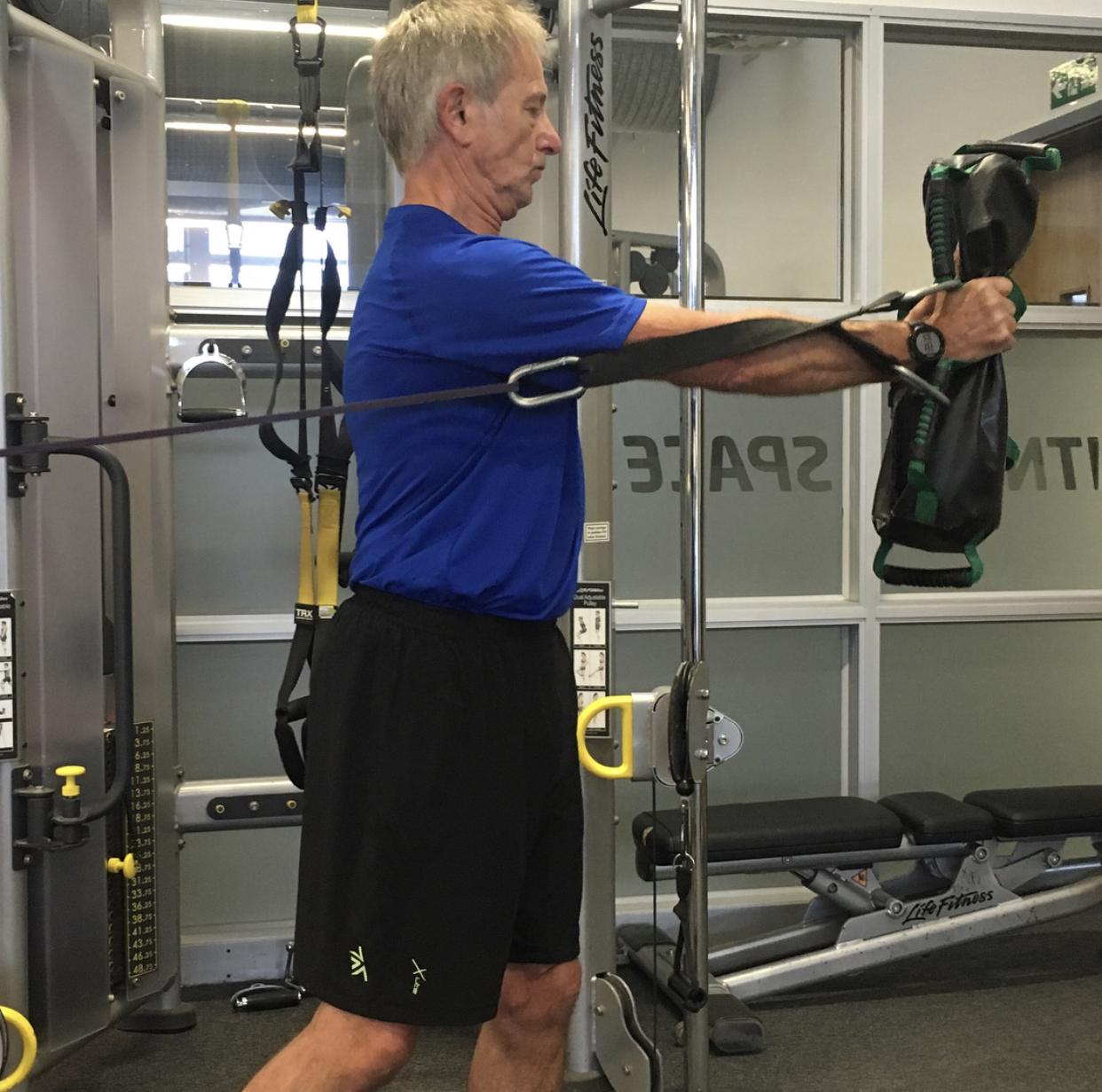Most Important Core & Glute Exercises
2019-01-7

Jessica Bento, Physical Therapy (Co-creator of L.I.F.T. program)

It may seem overdone, the discussion of the glutes and core. However, I am constantly amazed to see how equipment companies continue try to market new fitness machines as the “best” way to build your glutes and core. Many have benches that promise that you will get that “booty” you always wanted. The funny part is that no piece of equipment can build your glutes and core, because to accomplish both you have to learn how to use them together. When you see how they work in real life, you will learn how training your glutes and core is a lot more productive for overall strength than many think.
Is It One or The Other?
Rarely when I hear people talk about the glutes do I hear them also talk about the core and vice versa. However, when we look at how the body is designed it becomes quickly evident that both are reliant upon one another.

The glutes and core may not get the “pump” you THINK means productive training as you would when you integrate these muscles together, but that is the mistake of believing the pump means very much at all. When you look at the diagram above you see what is force closure of the SI joint. What is that?
“Although form closure provides stability to the SIJ, for mobility to occur further joint compression and stabilisation is required to withstand a vertical load. Force closure is the term used to describe the other forces acting across the joint to create stability….Force closure creates greater friction and therefore increased form closure and what is called “self-bracing” or “self-locking” of the joint.” (you can read the whole thing HERE)
Your body is designed to create motion and it is intertwined to make complex motion appear seamless. Probably very few people have gone to the gym to work their glutes and core together thinking about the force closure of their SI Joint, but maybe we should?
The real point is that if we want to make our glutes and core stronger we have to stop thinking in terms of isolation and be more mindful about how our body wants to function. I know, you are kinda worried because if you don’t get a pump will your body end up looking better?
Hmmm, which seems more likely….trying to work against how the body wants to function or training the body as it is designed to work in life? While there really is no research looking at the two, working in both a therapy as well as fitness setting, I can tell you with confidence which one I would prefer.
Okay, how do we accomplish this, what are some of the best ways we can teach the glutes and core to work together? Rotation may seem like a weird answer until you look at how our body is designed. Due to the fact the glutes and the biggest core muscles are shaped like a fan, that tells us that rotation is key to how these muscles work.
That is why old time training focused around rotational forms of training like wrestling, gymnastics, and Indian Clubs. All these methods have a huge foundation of rotation. In fact, when you think about athletic actions like dance, martial arts, and many sporting actions, you see why and how rotation is so pivotal in our functional training.

Sadly, most people really don’t understand or know how to introduce rotational training to their workouts. Many times people do things like jump and turn and call that rotational training and that really isn’t the same thing. Rotation to use the glutes and core all comes from the ground up.
Getting the footwork down that DVRT Master, Steve Holiner, demonstrates helps us build incredible strength and resiliency because of the connection of the glutes and core.
Since rotation has complexity to it, how can we make anyone successful and how do we build up into more sophisticated forms of rotation. The following progressions I break down all function off the same premise and slowly build up challenge through adding complexity to the movement.

The spiral line shows how the feet are connect to the hips, core, and even shoulders.
In the first series, I use a Power Ultimate Sandbag with bands and Core Strap to give feedback on how to create tension in the upper body while understanding good vs. poor footwork. During bad footwork, you will feel yourself leaning, reaching, not being balanced, etc. You want to think of yourself as a top that is spun and both feet are active.
During the Press Out version I start to show how the arms are driven by the movement of the hips and core, not the arms themselves. Using the Lever Bells allows us to create a push/pull effect that taps into what is known as the Serape Effect. Notice that whenever we create rotation we move back before we move forwards. That’s due to the energy being stored in the body that creates a more powerful action after.
This gets built to pressing overhead while creating the rotation and using the tension of the Lever Bell to amplify the use of the core and glutes. You can see how load isn’t going to be the MOST important factor, but we are using load for feedback upon the quality of our movements.

The result? Strength of the glutes and core that actually impact more than those muscles alone. You will notice how the arms, legs, and let’s face it, your overall body gets stronger. What is REALLY interesting is how your mobility in the hips and shoulders will improve as well. Something we will address again in a later post!
This is example of how we use the L.I.F.T. protocols in developing and teaching good movement. Understanding how our tools layer upon one another and are our best teaching tools. That is why you can save 25% AND get some amazing free gifts for one more day with coupon code “lift” HERE
© 2026 Ultimate Sandbag Training. Site by Jennifer Web Design.






